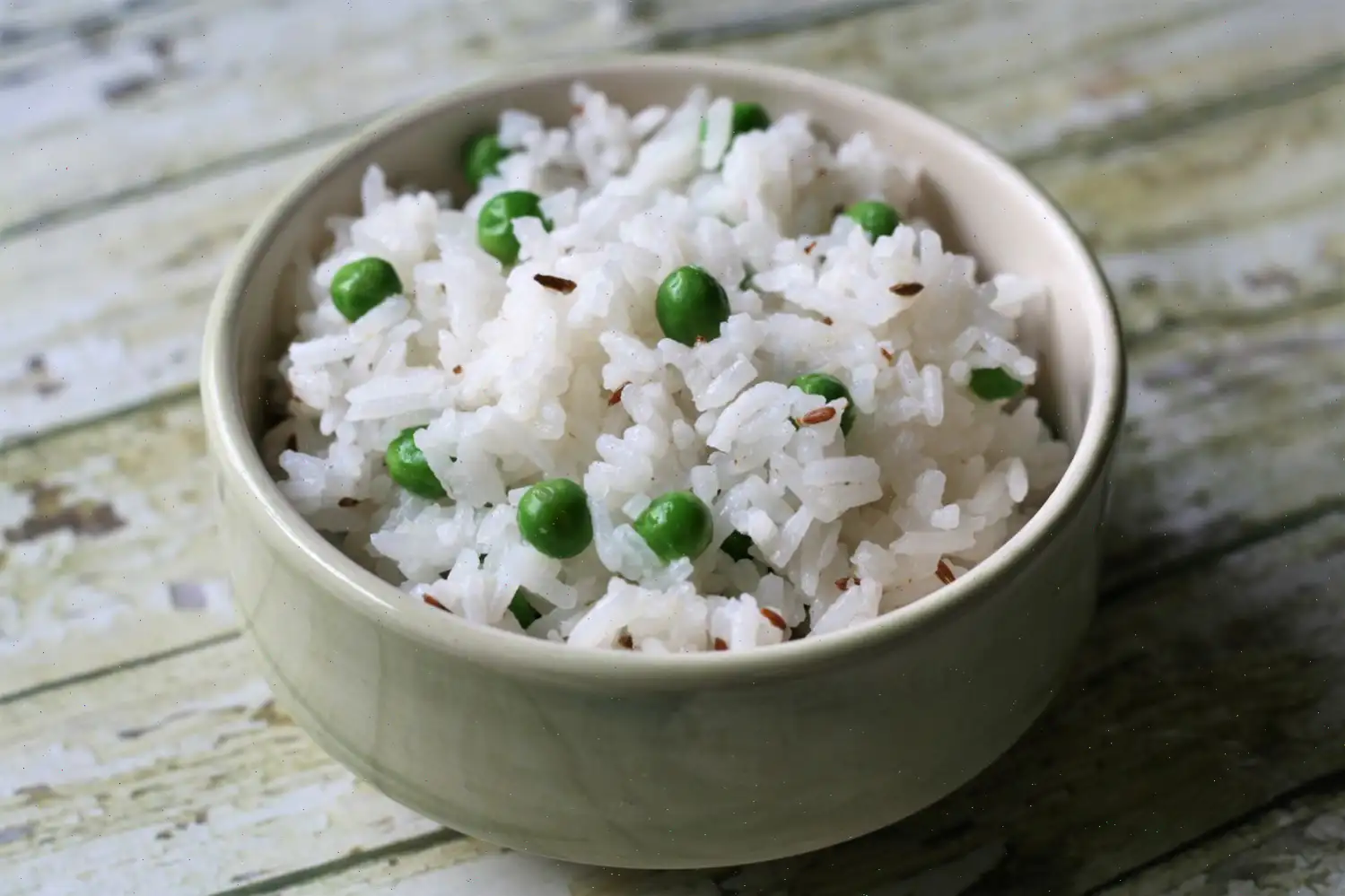
Filipino Fish Escabeche Recipe
Ingredients
- 1 cup oil for frying
- 1 (4 ounce) whole tilapia, cleaned and scaled
- Salt to taste
- 3 tablespoons olive oil
- 1 onion, chopped
- 2 cloves garlic, minced
- 1 red bell pepper, cut into chunks
- 1 (1 inch) piece ginger, thinly sliced crosswise, or to taste
- 1 cups water
- 1 cup distilled white vinegar
- 5 tablespoons white sugar
- Salt and ground black pepper to taste
- 1 tablespoon cornstarch
Directions
- Heat oil in a deep fryer or large saucepan to 350F (175C).
- Pat the fish dry with a paper towel. Cut 2 to 3 slits on each side of the fish and sprinkle with salt.
- Fry the fish in hot oil until browned, about 2 minutes per side.
- Heat olive oil in a skillet over medium-high heat. Saut onion and garlic until the onion becomes translucent, about 5 minutes.
- Add red bell pepper and ginger to the skillet and saut until fragrant, about 2 minutes.
- In a separate bowl, mix water, vinegar, and sugar. Pour this mixture into the skillet with the onion and pepper mixture.
- Cover and bring to a boil. Cook for about 2 minutes, allowing the mixture to reduce slightly.
- Season with salt and pepper to taste.
- Add cornstarch to the skillet and stir. Boil, stirring frequently, until the sauce thickens, about 5 minutes.
- Pour the prepared sauce over the fried fish and serve immediately.
Nutrition Facts (per serving)
- Calories: 259
- Total Fat: 16g (21% Daily Value)
- Saturated Fat: 2g (11% Daily Value)
- Cholesterol: 10mg (3% Daily Value)
- Sodium: 95mg (4% Daily Value)
- Total Carbohydrate: 23g (8% Daily Value)
- Dietary Fiber: 1g (4% Daily Value)
- Total Sugars: 18g
- Protein: 6g (13% Daily Value)
- Vitamin C: 41mg (45% Daily Value)
- Calcium: 23mg (2% Daily Value)
- Iron: 0mg (2% Daily Value)
- Potassium: 230mg (5% Daily Value)
Note: Percent Daily Values are based on a 2,000 calorie diet. Your daily values may be higher or lower depending on your calorie needs. Nutritional information is calculated based on available data, but some ingredients may not have detailed nutrient values.
Filipino Fish Escabeche is a flavorful dish that brings together crispy fried fish and a vibrant, tangy vinegar-based sauce, creating a perfect balance of sweet and sour. This dish is enjoyed across the Philippines and has become a staple at many Filipino gatherings, often making an appearance during festive occasions.
History and Origins
The roots of Escabeche can be traced back to Spanish colonial influence in the Philippines. The term "Escabeche" itself comes from the Spanish word for pickled or marinated fish. In the Philippines, the dish evolved to feature deep-fried fish topped with a sweet, sour, and sometimes spicy sauce made from vinegar, sugar, ginger, and garlic. This blend of flavors became popular as a way to preserve fish, using vinegar and sugar to balance the salty flavors of the fried fish.
Regional Variations
While the concept of escabeche is popular throughout the Philippines, the dish varies slightly depending on the region. For example, in coastal areas where fresh fish is abundant, you might find Escabeche served with fish like tilapia or bangus (milkfish), which are fried until crispy and then bathed in a sweet, tangy sauce. In contrast, urban areas may experiment with other fish species or add additional vegetables such as carrots and pineapples to the sauce, adding sweetness and a colorful presentation. The sauce itself is the true star of the dish and often features a unique balance of vinegar, sugar, and seasonings like ginger, garlic, and bell peppers.
Differences from Similar Dishes
Escabeche is often compared to other Filipino fish dishes, such as Pesang Isda (fish soup) and Inihaw na Isda (grilled fish). However, the key differentiating feature of Escabeche is the tangy, sweet-and-sour sauce that is poured over the fried fish. While Pesang Isda features a mild, ginger-based broth and Inihaw na Isda is simply grilled, Escabeche stands out because of its complex combination of flavors that provide both acidity and sweetness. The sauce not only serves as a condiment but also complements the crispness of the fried fish, creating a well-rounded dish.
Where to Serve Filipino Fish Escabeche
Filipino Fish Escabeche is commonly served at family gatherings, celebrations, and special occasions. It is often enjoyed as part of a larger spread that includes rice and other Filipino dishes like adobo, sinigang, or lumpia. You may also find it in local Filipino restaurants, especially in coastal regions, where the abundance of fresh fish makes it a go-to dish. In some regions, its prepared for festive meals like Christmas or New Years, as its believed that the tangy, sweet flavors bring good fortune for the year ahead.
Interesting Facts
- The sauce used in Escabeche is not just for flavor; it also has practical benefits. The vinegar and sugar in the sauce help preserve the fish for a longer time, a technique that dates back to when refrigeration was not widely available.
- Escabeche has a number of variations across other cultures. In Spain, for example, Escabeche can refer to a dish that involves marinating fish or meat in vinegar and spices, often served cold. This practice spread throughout various regions influenced by Spanish cuisine, including Latin America and the Philippines.
- In some Filipino homes, Escabeche is made with different fish varieties depending on what is in season or locally available. Fish like tilapia, bangus, or even shrimp can be used for this dish, though tilapia remains the most commonly used variety.
FAQ about Filipino Fish Escabeche Recipe
Comments
Anna Diaz
02/09/2024 01:41:29 PM
I tried a new recipe for the first time and it was a delightful experience! As whole tilapia was not available at the market, I used a large piece of fresh cod instead. Since my fillet was quite big, I cut it into 4 portions and fried them in batches. Although the fish didn't have skin and some pieces broke up during frying, I managed to salvage everything and ended up with plenty for a satisfying dinner for two, and even had some leftovers. I suspect that the suggested 4oz of tilapia might be a mistake, as the sauce portion was more than enough for my 1.5lbs of fish. One tip I would suggest is to mix the cornstarch with cold water to create a slurry, as adding it directly to the sauce caused clumps to form. The combination of sweet and sour flavors was fantastic, and the fresh ginger really elevated the dish. I can't wait to make this recipe again using a different type of fish!
Daniel Rodriguez
03/27/2024 05:17:02 PM
I tried cod and absolutely loved it!








